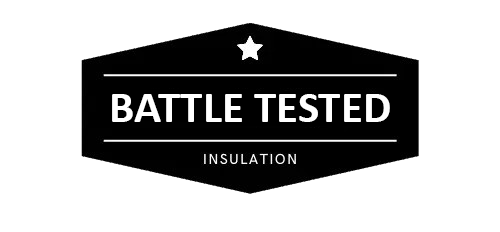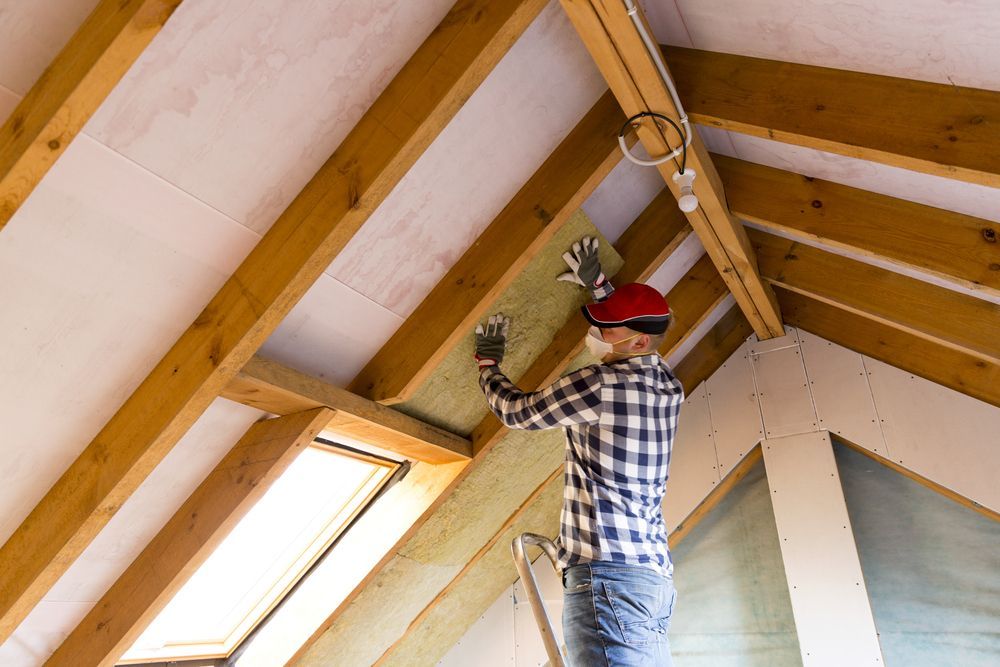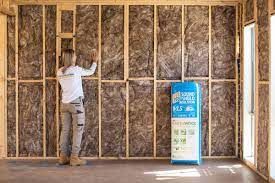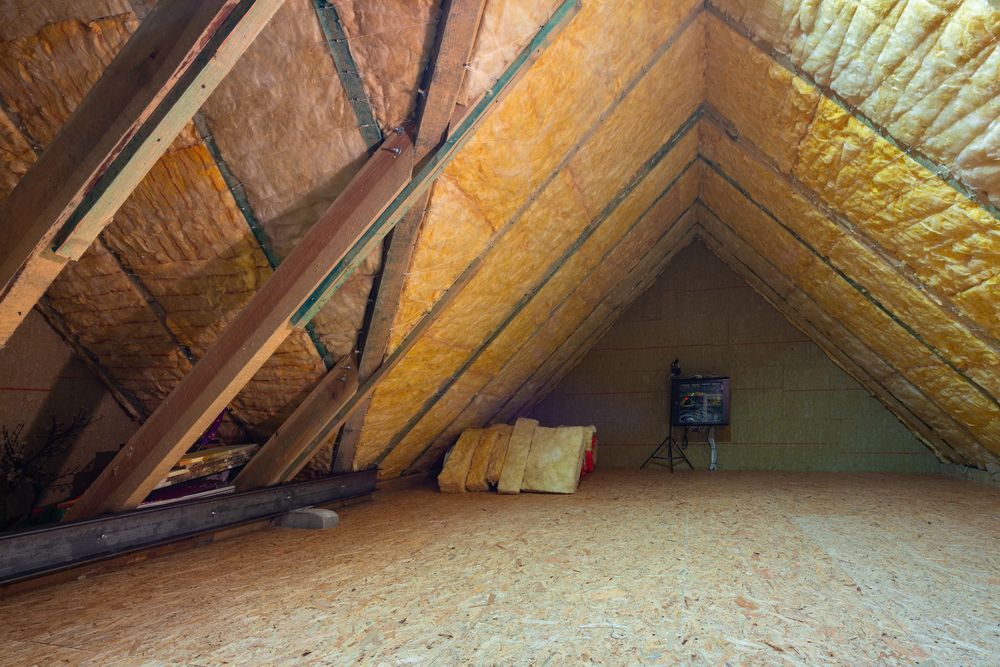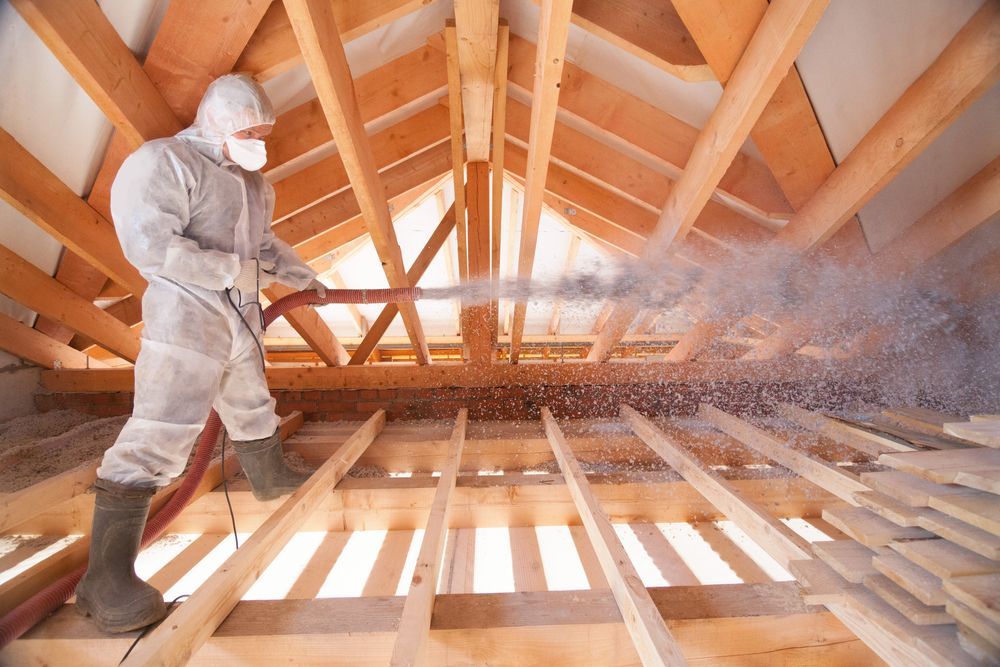The Art and Science of House and Building Cleaning
Elevate Your Space: The Art and Science of House and Building Cleaning
A clean and well-maintained living or working space is more than just visually appealing; it contributes significantly to our overall well-being. From the cozy corners of our homes to the bustling interiors of commercial buildings, the importance of cleanliness cannot be overstated. This comprehensive guide explores the art and science of house and building cleaning, uncovering the benefits, techniques, and best practices that elevate spaces into havens of comfort and productivity.
The Impact of a Clean Environment:
Health and Well-being:
A clean living or working space is synonymous with a healthier environment. Regular cleaning helps eliminate dust, allergens, and pathogens, reducing the risk of respiratory issues and allergies. In the workplace, a clean setting can contribute to fewer sick days among employees.
Mental Clarity:
Clutter and disarray can have a direct impact on mental well-being. A clean and organized space fosters mental clarity, reduces stress, and enhances focus. Whether it's a tidy home office or an immaculate workspace, cleanliness plays a crucial role in promoting a positive mindset.
Enhanced Productivity:
In commercial settings, the cleanliness of the workspace has been linked to increased productivity. A well-maintained environment not only boosts employee morale but also creates a conducive atmosphere for efficient work, ultimately contributing to the success of businesses.
Positive Impressions:
Whether welcoming guests into our homes or clients into our businesses, the first impression matters. A clean and well-organized space creates a positive impression, reflecting attention to detail and a commitment to quality.
Techniques for House Cleaning:
Decluttering:
Before diving into the deep cleaning process, decluttering is the first step. Remove unnecessary items, organize belongings, and create a sense of order. This not only makes cleaning more effective but also contributes to a visually appealing space.
Room-by-Room Approach:
Tackling house cleaning on a room-by-room basis is a strategic approach. This allows for a systematic and thorough cleaning process. Start from the top, addressing ceilings, walls, and surfaces before moving on to floors and furnishings.
Use of Eco-Friendly Cleaners:
Consider opting for eco-friendly cleaning products to minimize the environmental impact of cleaning activities. Many natural ingredients, such as vinegar, baking soda, and lemon, can be powerful allies in maintaining a clean home without harmful chemicals.
Regular Maintenance Tasks:
Implementing a regular maintenance schedule is essential for the ongoing cleanliness of a home. Tasks such as dusting, vacuuming, and wiping surfaces should be part of a routine to prevent the accumulation of dirt and grime.
Best Practices for Building Cleaning:
Professional Services:
Commercial buildings often benefit from professional cleaning services. These services have the expertise and equipment to handle large spaces efficiently. Regular professional cleaning contributes to the longevity of building materials and fixtures.
Floor Care:
Floors are high-traffic areas in any building, and their cleanliness is paramount. Depending on the flooring material, appropriate cleaning methods should be employed, whether it's regular mopping, carpet cleaning, or specialized floor treatments.
Window and Facade Maintenance:
The exterior of a building is the first thing people notice. Regular window cleaning and facade maintenance not only enhance the building's aesthetic appeal but also contribute to the longevity of materials by preventing the buildup of dirt and pollutants.
HVAC System Cleaning:
Ventilation systems in buildings require regular cleaning to ensure air quality and efficiency. Dust, mold, and debris can accumulate in HVAC systems, impacting the health of occupants. Professional HVAC cleaning is recommended for optimal performance.
Challenges and Solutions:
Persistent Odors:
Unpleasant odors can be a challenge in both homes and commercial buildings. Identifying the source of odors and using natural deodorizers, such as essential oils or baking soda, can help neutralize smells and create a fresh environment.
Stubborn Stains:
Stubborn stains on surfaces or fabrics can be frustrating. Understanding the nature of the stain and using appropriate cleaning agents or professional stain removal services is crucial. Prevention, such as immediate cleanup of spills, is also key.
Mold and Mildew:
Damp environments can lead to mold and mildew growth, posing health risks. Adequate ventilation, moisture control, and regular cleaning with mold-inhibiting agents are effective preventive measures.
Time Constraints:
Busy schedules often leave little time for thorough cleaning. Establishing a cleaning routine, prioritizing tasks, and seeking professional services when needed can help overcome time constraints.
Innovations in Cleaning Technology:
Robotics:
Robotic cleaning devices, from vacuum cleaners to window-washing robots, are becoming increasingly prevalent. These smart devices use sensors and algorithms to navigate spaces and perform cleaning tasks efficiently.
UV-C Disinfection:
UV-C light has proven efficacy in disinfecting surfaces and air. UV-C disinfection devices are employed in commercial settings to sanitize spaces, providing an additional layer of protection against pathogens.
Smart Cleaning Systems:
IoT (Internet of Things) technology is being integrated into cleaning systems. Smart sensors and connected devices allow for real-time monitoring of cleaning needs, optimizing resource use and efficiency.
The Future of Clean Spaces:
Sustainable Practices:
The future of house and building cleaning is increasingly focused on sustainability. From eco-friendly cleaning products to energy-efficient cleaning equipment, the industry is embracing practices that minimize environmental impact.
Customized Cleaning Solutions:
Advancements in technology enable the customization of cleaning solutions based on specific needs. Smart systems can analyze data to tailor cleaning schedules, product usage, and techniques to the unique requirements of each space.
Collaborative Cleaning Efforts:
The concept of collaborative cleaning involves the active participation of occupants in maintaining clean spaces. This includes education on proper waste disposal, responsible resource use, and adherence to cleanliness standards.
Conclusion:
House and building cleaning is a multifaceted endeavor that goes beyond mere aesthetics. It is a fundamental aspect of creating spaces that promote health, productivity, and overall well-being. From time-tested techniques to cutting-edge innovations, the journey toward clean and inviting spaces is a dynamic and evolving process. By embracing the art and science of cleaning, we not only elevate our surroundings but also contribute to a healthier and more sustainable future.
Let’s talk about your project
Fill out the form, or call us to set up a meeting at
We will get back to you as soon as possible.
Please try again later.
At
Battle Tested Insulation, we pride ourselves on our unmatched expertise, dedication to customer satisfaction, and unwavering commitment to sustainable practices.
